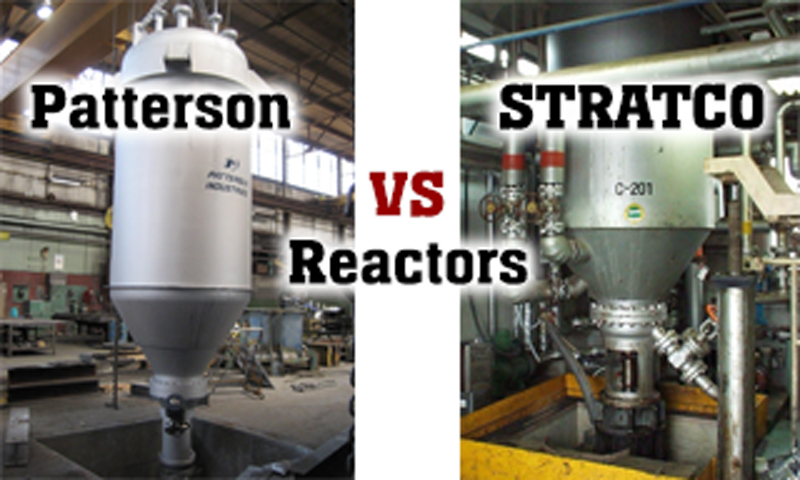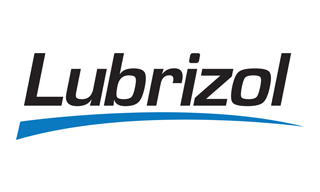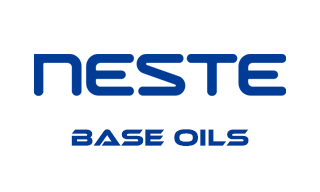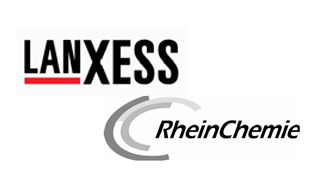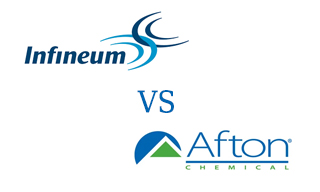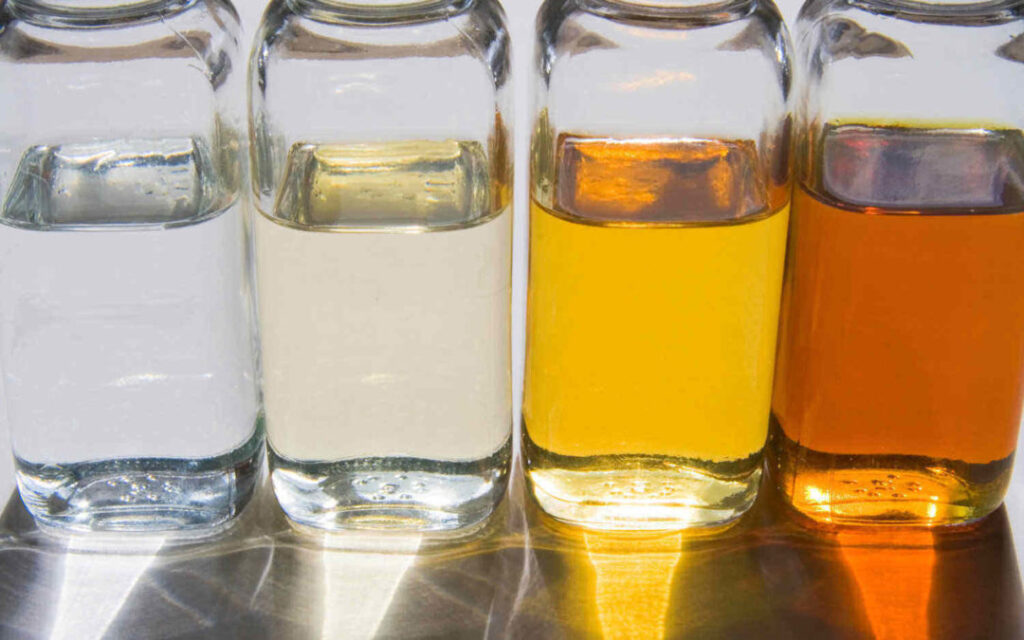Comparative Analysis of Patterson Industries and STRATCO Reactors: Design Principles, Industrial Applications, and Process Efficiency
Compare Patterson Industries vs. STRATCO reactors: design principles, grease/polymer production efficiency, and energy-saving features. Expert analysis for industrial applications. Summary The industrial reactor landscape features specialized equipment optimized for distinct chemical processes, with Patterson Industries and STRATCO emerging as key innovators. Patterson reactors excel in modular, customizable systems for resin synthesis and polymer production, while […]

